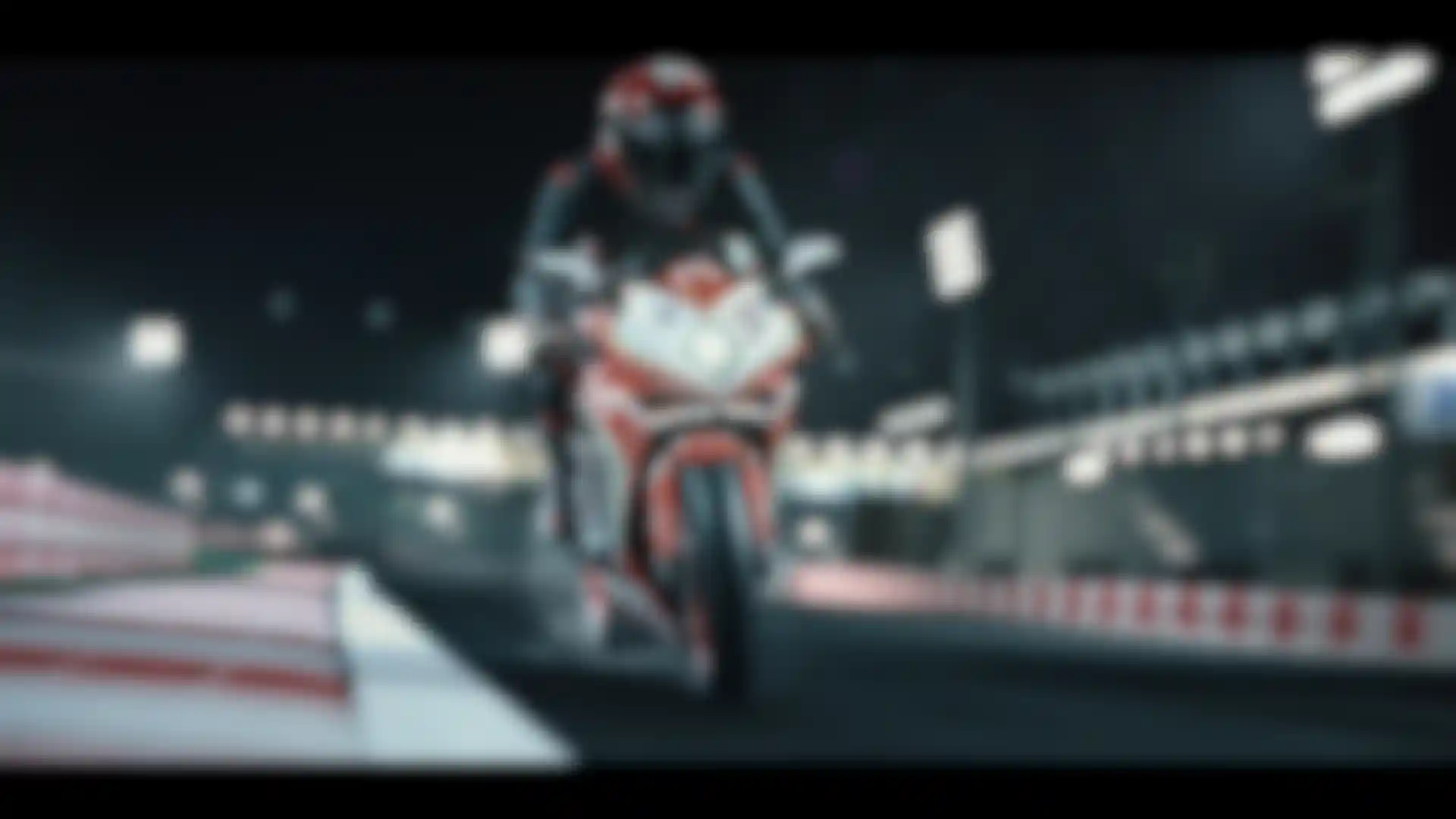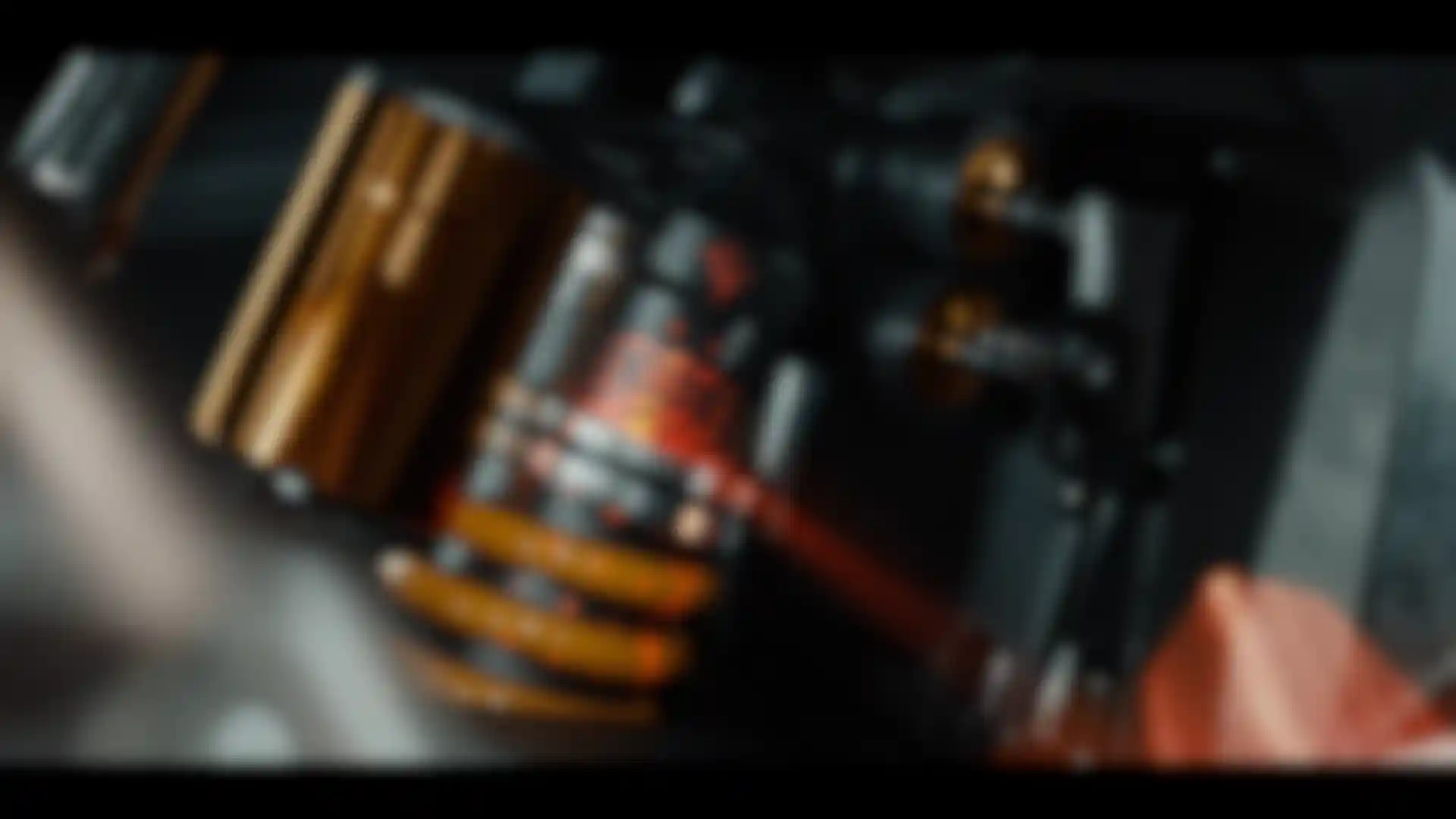
A Wild Ride in CG How Unit Motion Design used C4D and Redshift for an “RiMS Racing” trailer.
Published by Nacon and developed by RaceWard Studio “RiMS Racing” is a simulation game that allows players to customize and ride the most powerful European and Japanese motorcycles.
We spoke to Unit Motion Design Co-Founder and Creative Director François-Côme du Boistesselin, who goes by Fcome, about how the Paris-based studio used Cinema 4D and Redshift to create an immersive, CG game trailer showcasing gameplay action and customization options.
Tell us about Unit Motion Design.
Fcome: We opened Unit Motion Design four years ago with the goal of creating animations and videos with a focus on directing motion design differently than typical fully animated CG spots. We have created trailers for video games; titles for Nickelodeon and TV shows, like “Star Trek: Prodigy;” advertising spots for Oppo; and VFX for “Terminator: Dark Fate” and “Sonic the Hedgehog 2.” Other clients include Wizards of the Coast, Paramount, Ubisoft, Perfect World and Riot Games.


Talk about the concept behind the RiMS Racing trailer.
Fcome: They wanted to focus on six motorbikes, so we had to find a graphic way to illustrate the new features of the game and how they impact the race. But it isn’t just a racing game. It’s also a real motorbike riding simulation, and you can change different parts of the bike to win the race.
We take the spectator into the heart of an immersive world with sweeping camera moves, alternating between shots focusing on deconstructing the motorcycle parts and a freeze-frame action view of the motorbike in the race. We created an uninterrupted, continuous rhythm from the starting grid to the finish line, faithfully illustrating various game features and how they affect gameplay.
Tracking around the still motorcycle proved to be good way to focus on changing parts, building the motorbike and getting ready for the race. We displayed the initial prototype bike with transparent parts to reveal the inner construction and really show off the realistic construction of the model.

Initially, I developed three approaches to the story, and that concept turned out to be the one that worked the best. We have a small team at Unit Motion Design, so this allowed us to focus on telling the story in an exciting way without the challenges of a larger and more demanding fully animated CG spot.
How were the motorbikes and stadium created?
Fcome: We were given CAD files for six motorcycles, but we needed to retopologize or rebuild most parts in Cinema 4D to make them usable for our purposes. We also added some specific detailed surfaces that could catch reflections and highlights to give the model a more realistic look. Once everything was built, we cleaned up the UV maps to be ready for texturing.

For the track and stadium, our client shared a fairly detailed 3D model of one of their tracks. From there, we bought some stock stadium and race objects to increase the amount of detail, adapted them to our scene and then applied Redshift materials.
Tell us about the lighting in the nighttime shots.
Fcome: We initially thought showing the scene at night was a good idea because shooting at night is very dramatic. Our goal was to get an interesting graphic look versus realistic lighting, which turned out to be more challenging than we expected. Using various Redshift lights, as well as a stadium HDRI, we were able to establish the look we wanted and cheat the reflections on the motorbike. We feel it turned out well.
What part of the production proved to be the most challenging?
Fcome: Creating the illusion that everything was in motion when nothing was actually moving was a huge challenge. The camera orbits around a freeze-frame moment of the motorcycle in motion, but since it is not moving, we needed to recreate the motion blur of moving parts and the bike itself to suggest motion.
We cheated a bit with the motion blur system. Essentially, we created single-frame animations of elements, like the spinning tires and moving background elements, and then used a few tricks in Redshift and Cinema 4D to get nice-looking motion blur.
The trailer is a good example of what our small studio can do. If we were a larger team, we would have made a huge, fully animated Grand Prix track with lots of people. But at Unit Motion Design, our strength is to find a different way to make motion with camera moves and special effects instead of animating everything like a regular CG studio.
Credits:
Client: Nacon - Raceward Studio
Creative Director: François-Côme du Boistesselin
Head of Production: Jade Schiff
Art Director - Motion Design: Sylvain Gaussens - Florent Zunino
3D Artist: Jerome White - Nozomi Chaillet
Music: Echoic